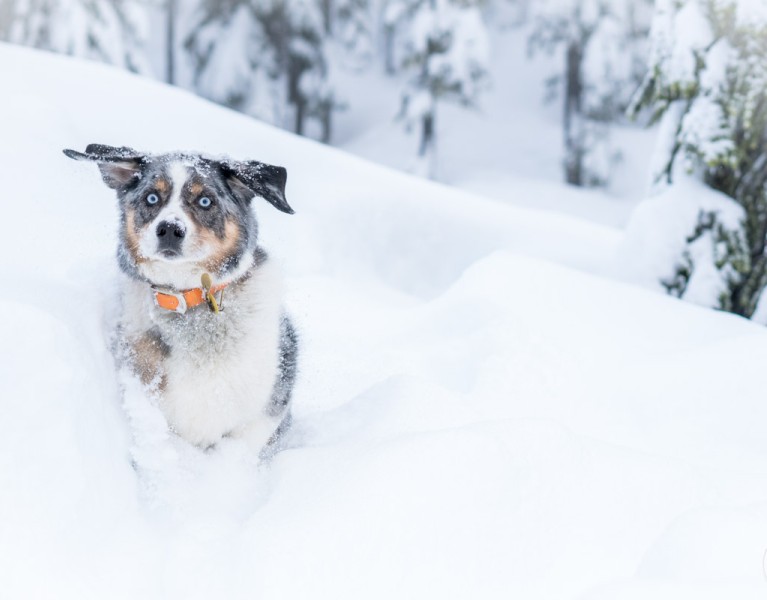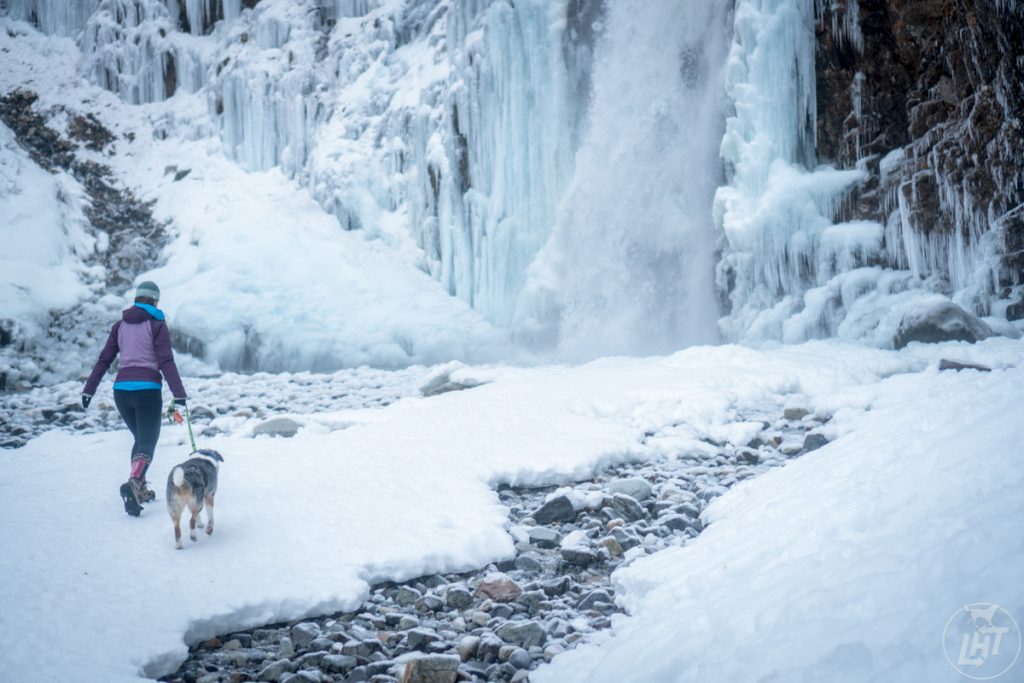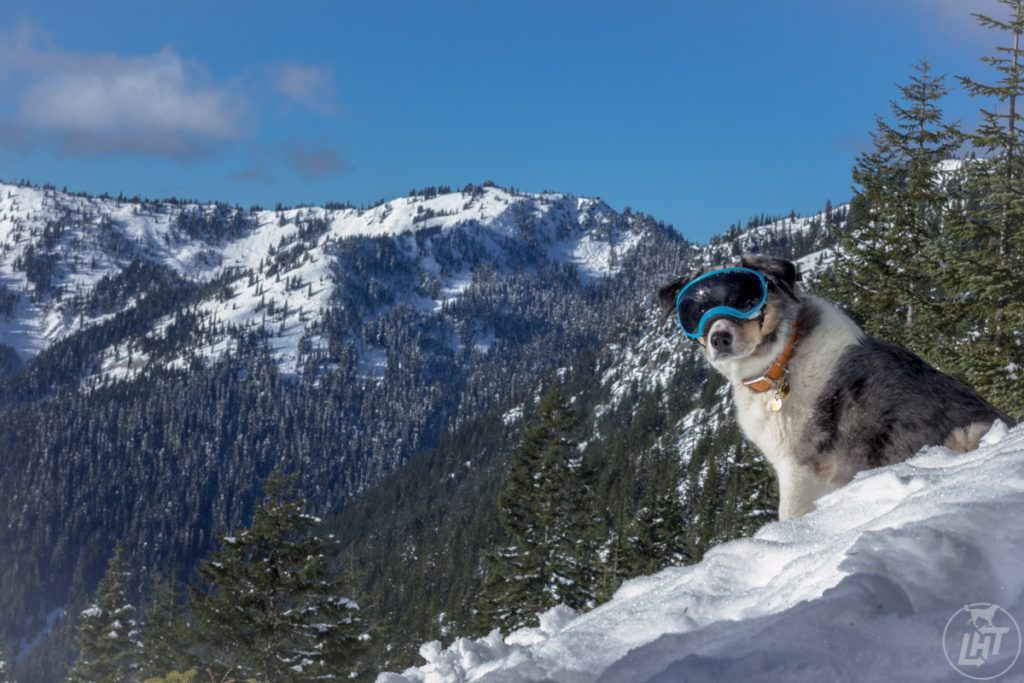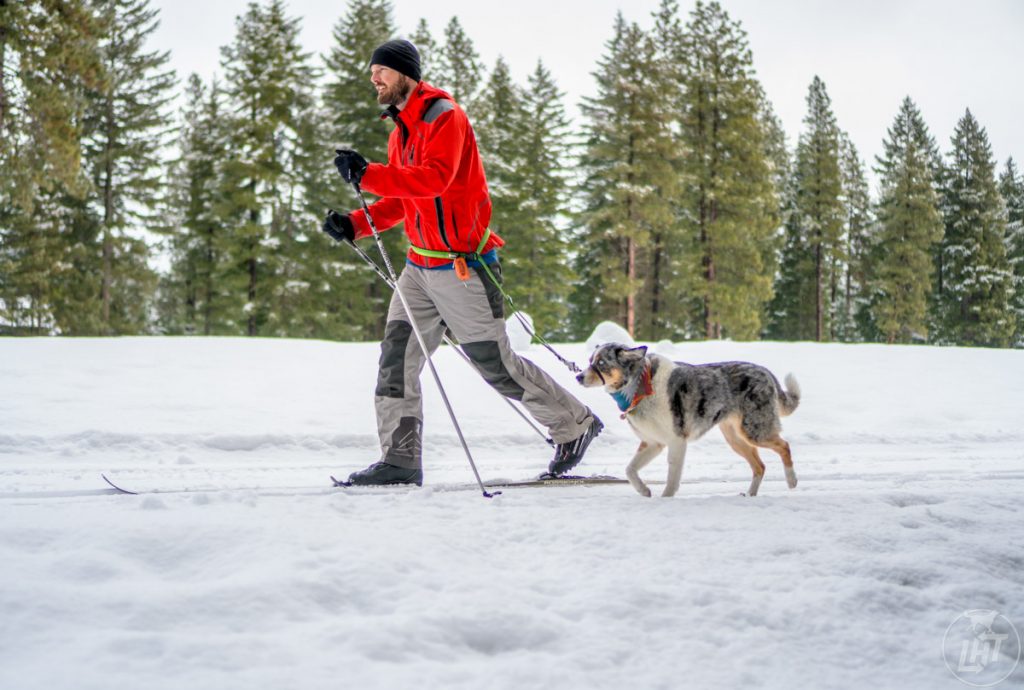
Tips for Winter Hiking with Dogs
Table of Contents [Show]
As the weather turns cold and many choose to stay inside, we come alive. Winter is one of our favorite times of the year to hit the trails. They’re practically empty, and the scenes we know so well change completely when they’re coated in snow. It’s quiet and peaceful, and exercising in the snow is far more difficult than on dry land, so you get the bonus of a harder workout.
We also take our dogs along on our hikes, and the lack of people and other dogs on the trails offers more off-leash opportunities. Since snow conditions can make trails more dangerous, the guide below will help ensure a safe trip for both you and your pup.
Have a Plan B
Winter hiking can be fickle. Snowfall, freezing temperatures, avalanches, and a number of other factors can force a change of plans overnight. Be sure to check conditions with the local avalanche center or forest service station before leaving home.
Plan B should be a lower elevation hike with low snow hazards and more protection from elements. Hiking in the snow is more challenging than on a dry trail, and your pup may not be ready for the conditions or difficulty that day. Be flexible and put the original hike back on your list for a future visit.

Jen and Sora, Franklin Falls, Washington
Warm Jacket
Depending on the thickness of your dog’s fur, he may need a jacket to stay warm during colder adventures. Breeds whose bellies hang low to the ground like dachshunds and corgis; short-haired miniature breeds like chihuahuas; senior dogs; and lean-bodied larger breeds like greyhounds might require an extra layer to stay warm.
For insulation and warmth, look for a jacket that covers the necks and belly, like the Hurtta Extreme Warmer. Alternatively, a snood will keep a dog’s neck and head warm if you have trouble finding a jacket that covers both the belly and the neck.
Paw Protection
A common misconception about dogs is that their paws are tough and can handle any surface. Like human skin, dogs’ paws can crack and chap, and it hurts. Further, snow play can cause “snowballing” or ice buildup in between toes, causing pain. If you notice your dog limping after a winter hike, this could be the culprit.
There are a couple of ways to protect your pup’s paws from the winter elements. The first option is a bootie, like the Ruffwear Polar Trex booties. The Vibram sole provides traction, and the insulated softshell fabric offers breathable, weatherproof protection in cold and inclement weather.
If you don’t want to go with booties, try a wax-based paw balm that protects the paws from ice, snow, salt, and chemicals used on pavement during the winter months. Several brands make safe paw balms for dogs, or you can make your own.
Eye Protection
Like humans, dogs need eye protection, too. On sunny winter days, the reflection off the white snow can cause eye injuries, like pannus. Certain breeds and dogs with light-colored eyes are most susceptible to eye damage. Consider getting a pair of RexSpecs to keep your pup’s eyes safe for future adventures.

Sora sports Doggles, Skyline Lake, Washington
Hydration
Water has this funny habit of freezing when temperatures dip below 32°F. What this means for your dog is that they may not have the same access to water sources as they would during a summer hike. River beds may be dry, and lakes could be frozen over. Bring sufficient water for both you and your dog to prevent dehydration.
Watch out for Hazards on the Trail
Winter trails may be entirely different than they are during the summer months, including the route. No matter how well you think you know a trail, take caution of hazards like tree wells, snow bridges over rivers, and thin ice on lakes.
If you dog is running around and having fun, that’s great, but if they fall into a frozen lake, icy river, or tree well, they could injure themselves or get hypothermia. Only allow your dog off leash if they have good recall and know to stay on the trail.
Further, stay clear of known avalanche zones, and double check the conditions before heading to the trail head. Snowfall from the previous night or even during the hike could mean treacherous conditions for you and your dog.

Dave and Sora, Suncadia, Washington
Always Carry Medical Supplies
This goes for any time of the year, but never leave for a hike without a medical kit that includes supplies for both you and your pup. Most importantly, know how to use them! You never know when an injury or medical situation may occur on the trail.
Two-Legged Wardrobe
Humans need to know one thing about hiking in the snow: it’s all about layers! Our bodies can become surprisingly warm, even in cold temperatures. Dressing in layers will keep you comfortable throughout the hike. Start with a good base layer, an insulating mid layer or fleece, and an outer shell for protection from snow and wind. Add a winter hat like the KÜHL ALF HAT or SKULL CAP for temperature regulation and extra protection.
Jen Sotolongo is a writer, photographer, and blogger. Together with her husband and their dogs, she travels the world in search of the most dog-friendly cities and outdoor adventures. Join their journey at Long Haul Trekkers. Find out Jen's top 5 backpacking spots in Washington’s Cascade Mountains.


